
Dame Ellen Terry and Smallhythe Place
“HOUSE FOR SALE” read the message on the unsigned card that arrived in famed actress Ellen Terry’s post one day in 1899. Terry knew exactly what it meant. Nine years earlier, Terry had spotted and fallen in love with an old farmhouse during a visit to Tenterden, in the countryside of Kent. She had inquired about its availability and had been told by an old shepherd that it wasn’t for sale, but the man agreed to contact her if it ever did go up for sale. He kept his promise nearly a decade later. The actress bought the half-timbered 16th-century house and spent the rest of her life making it her own. Smallhythe Place now stands as a tribute to Dame Ellen Terry, “Queen of the Theater.”
Alice Ellen Terry was born on February 27, 1847, the third child of Benjamin and Sarah Terry, who toured the country as “circuit players.” Six more children followed, and they were all expected to follow their parents onto the stage. Ellen’s first role came in 1856 as Mamillius in William Shakespeare’s The Winter’s Tale, and although she tripped on stage during opening night, a star was born. By the time she reached 16, Ellen’s career was showing real promise, and she and her older sister were opening at London’s Haymarket Theatre. With strawberry blond hair, clear light-blue eyes and a slightly upturned nose, the teenaged Ellen was already a beauty and was beginning to show the grace and vitality that would later place her among theater greats.
[caption id="SmallMuseums_img1" align="aligncenter" width="1024"]
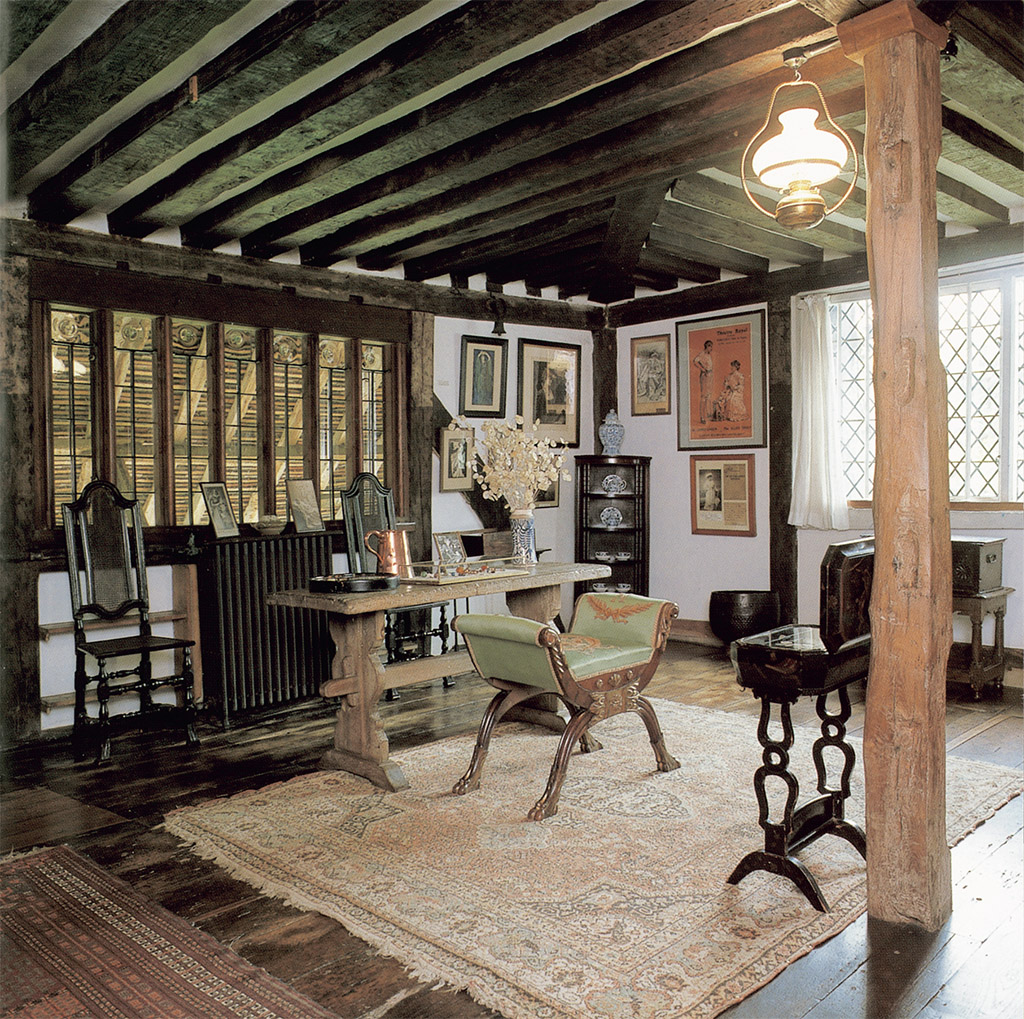
SMALLHYTHE PLACE
Artist G.F. Watts, who offered to paint the sisters, became smitten with Ellen. The young actress left the stage and they married on February 20, 1864, when the painter was 46 and the actress was a week shy of 17. Watts intended to “make the poor Child what I wish her to be,” but within 10 months he had tired of the girl and wanted a separation. He agreed to pay her £300 a year, “so long as she shall lead a chaste life.”
Terry went back to acting. Three years later, however, the still-married actress eloped with architect Edward Godwin and moved with him to Hertfordshire, where she temporarily transformed herself into a country matron. After Terry bore him two children, however, the money dried up and Godwin left her, putting an end to their relationship. To make ends meet, Terry again returned to acting in 1874.
[caption id="SmallMuseums_img2" align="aligncenter" width="1011"]
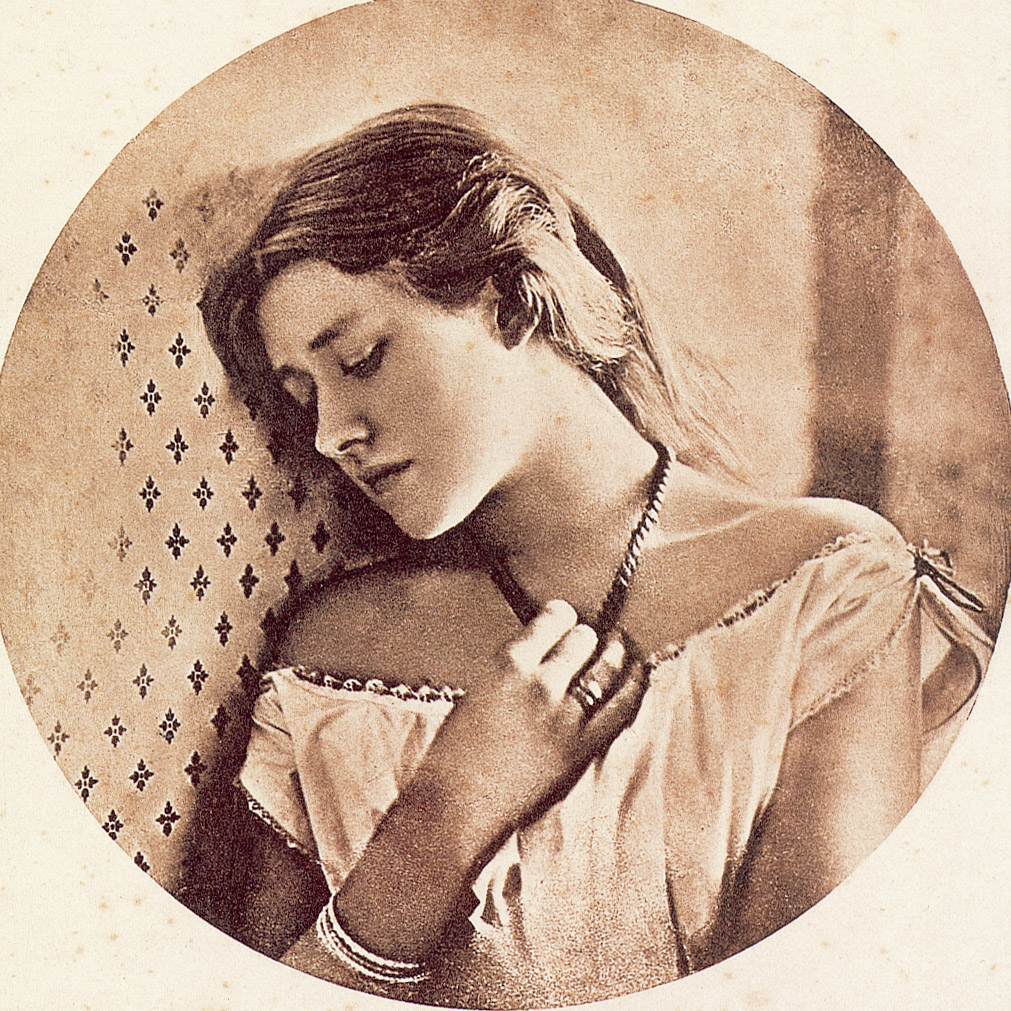
SMALLHYTHE PLACE
[caption id="SmallMuseums_img3" align="aligncenter" width="586"]
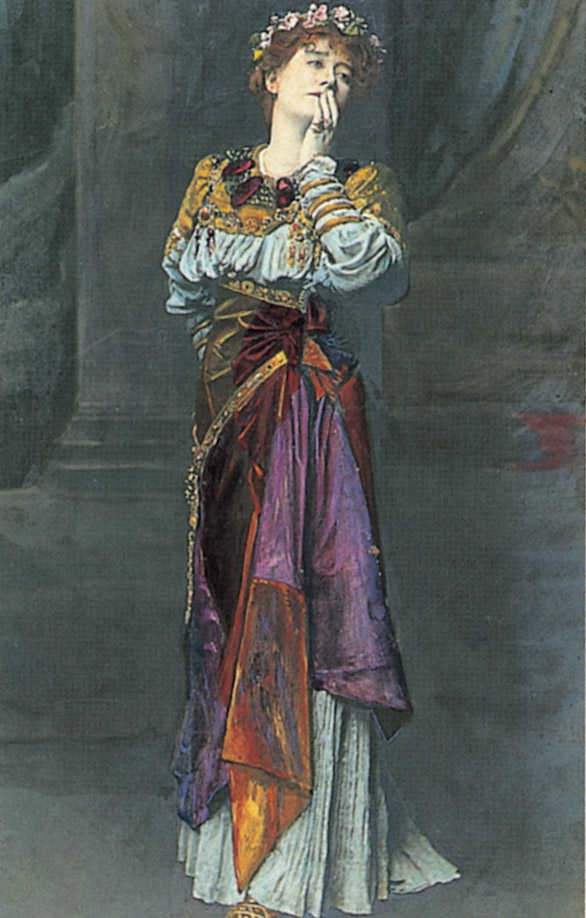
SMALLHYTHE PLACE
[caption id="SmallMuseums_img4" align="aligncenter" width="574"]
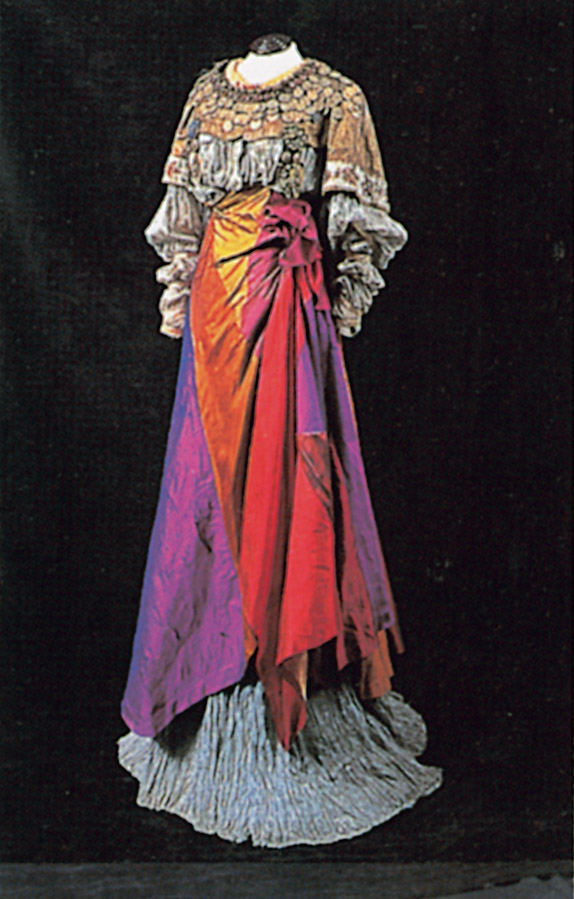
SMALLHYTHE PLACE
Four years later she was playing Olivia in an adaptation of Oliver Goldsmith’s The Vicar of Wakefield to much acclaim in London when celebrated actor Henry Irving asked her to join him on stage at the Lyceum Theatre. They had met years earlier, but neither one had been much impressed by the other. Whatever drew them together in 1878, however, sparked theater magic. Terry played the leading female roles opposite Irving in all of his Lyceum productions. They were the toast of London until new theaters, a fire at the Lyceum and worsening finances drove the Lyceum out of business. Their last apearance together was in a 1902 production of The Merchant of Venice. Theirs was an extraordinary relationship, and Terry was devastated when Irving died three years later.
Although the actress married twice more after Watts finally divorced her in 1877, the things that continued to mean the most to her outside of her work were her children Edith (called Edy) and Teddy and the house that became her sanctuary, Smallhythe. It is easy to see the appeal of the atmospheric old farmhouse. The upper story is jettied, or overhangs the lower story of the house. Most of its original features remain intact, and the homey red-tiled roof and large chimney stack seem to offer a warm and comfy haven for those seeking refuge. At Smallhythe Terry could relax after extensive touring or an exhaustive season at the Lyceum. Here she retreated after her triumphs—she was made a Dame of the British Empire in 1925—and here she grew old, which she hated. “I live in puzzledom,” she once said about the forgetfulness that often accompanies aging. In 1928 Terry suffered a stroke that left her paralyzed; she died not long after, on July 21.
MUSEUM NOTES
Smallhythe Place, Tenterden
Telephone: 01580 762334
Admission: £3.75 for adults, £1.80 for children
Hours: 11 a.m.-5 p.m. Monday Wednesday and Saturday and Sunday, March 6-21 and March 27-November 3
Web: www.nationaltrust.org.uk/placeslsmallhytheplace/
E-mail: [email protected]
Thanks to tireless work by her daughter, Smallhythe today stands as a tribute to the actress. For 10 years Edy arranged exhibit rooms and showed v1s1tors through the house, but the house’s expenses exceeded its income. Fortunately in 1939 the National Trust came to the rescue and agreed to oversee the house and property.
When visitors walk into Smallhythe’s entrance hall today, they are welcomed by a striking portrait of Terry in character from Alice Sit-by-the-Fire, a J.M. Barrie play. The next room is the Terry Room, formally the sitting room, filled with personal and theatrical mementoes. The treasures include her sewing box, her makeup basket, stage furniture from the Lyceum Theatre, the rosary she carried while playing the nurse in Romeo and Juliet and the amber beads she always wore until her last illness. The exhibit in the dining room celebrates other actors and features artifacts such as David Garrick’s life mask, portraits of Lucia Vestris and Edmund Kean, Sir Arthur Sullivan’s monocle and a photograph of a young Sarah Bernhardt.
The costume room is a virtual showcase of the lavish outfits, headdresses, shoes, belts and jewelry worn on stage by Terry. While they were working together at the Lyceum, Henry Irving had insisted the costumes look authentically “period.” This room delights visitors with the costumes the actress wore in several Shakespeare plays such as the intricate Elizabethan dress Terry wore as Beatrice in Much Ado About Nothing, the brilliant scarlet frock she wore as Portia in The Merchant of Venice and the spectacular medieval ensemble she donned as Lady Macbeth.
Displays of artifacts evoke memories of the stage in the Lyceum room. The library, as one might guess, contains an impressive array of books on the theater, along with many of Terry’s own meticulously annoted copies of all the plays in which she appeared.
It is in the bedroom, however, that the true spirit of Dame Terry can be seen. It remains just as she left it; pots of her favorite geraniums dot the window sills, overlooking views that have changed very little since she saw them for the last time. Unlike the rest of the house, this is an extremely personal room, with pictures of Terry’s family adorning the walls and the crucifix that son Teddy made for her placed next to the bed. Other keepsakes include her collection of painted pigs, her dressing table made by Edward Godwin and a well-worn copy of her favorite book, Globe Shakespeare. The pages are full of her handwritten annotations and locks of her own and Irving’s hair.
Outside, visitors can tour Terry’s beloved rose garden, the orchard, nuttery and barn, which Edy turned into the Barn Theatre after her mother’s death. Edy staged quirky, relatively unknown plays there each summer, and from 1931 until World War II began, the Barn garnered acclaim as a dramatic center.
On stage Terry captivated audiences with her charm, vitality and grace. Her acting has been called sympathetic and poetic—earning her the title “Queen of the Theatre.” She worked tirelessly out of love for her profession, but for all of that, it was to Smallhythe Place that she regularly turned to escape the limelight. While acting seems to have been the outlet for her “wilful and untamed” nature, as observed by critic E.V. Lucas, he saw the connection between her “almost fey” personality and Smallhythe. After a visit there he observed, “it was all very like her; like her in its grace, like her in its independence and Englishness, like her in the sunshine that irradiated it, and in the gaiety of its yellow wildflowers.” In short, Ellen Terry the actress “assorts well with this brave old house.”
[caption id="SmallMuseums_img5" align="aligncenter" width="1024"]
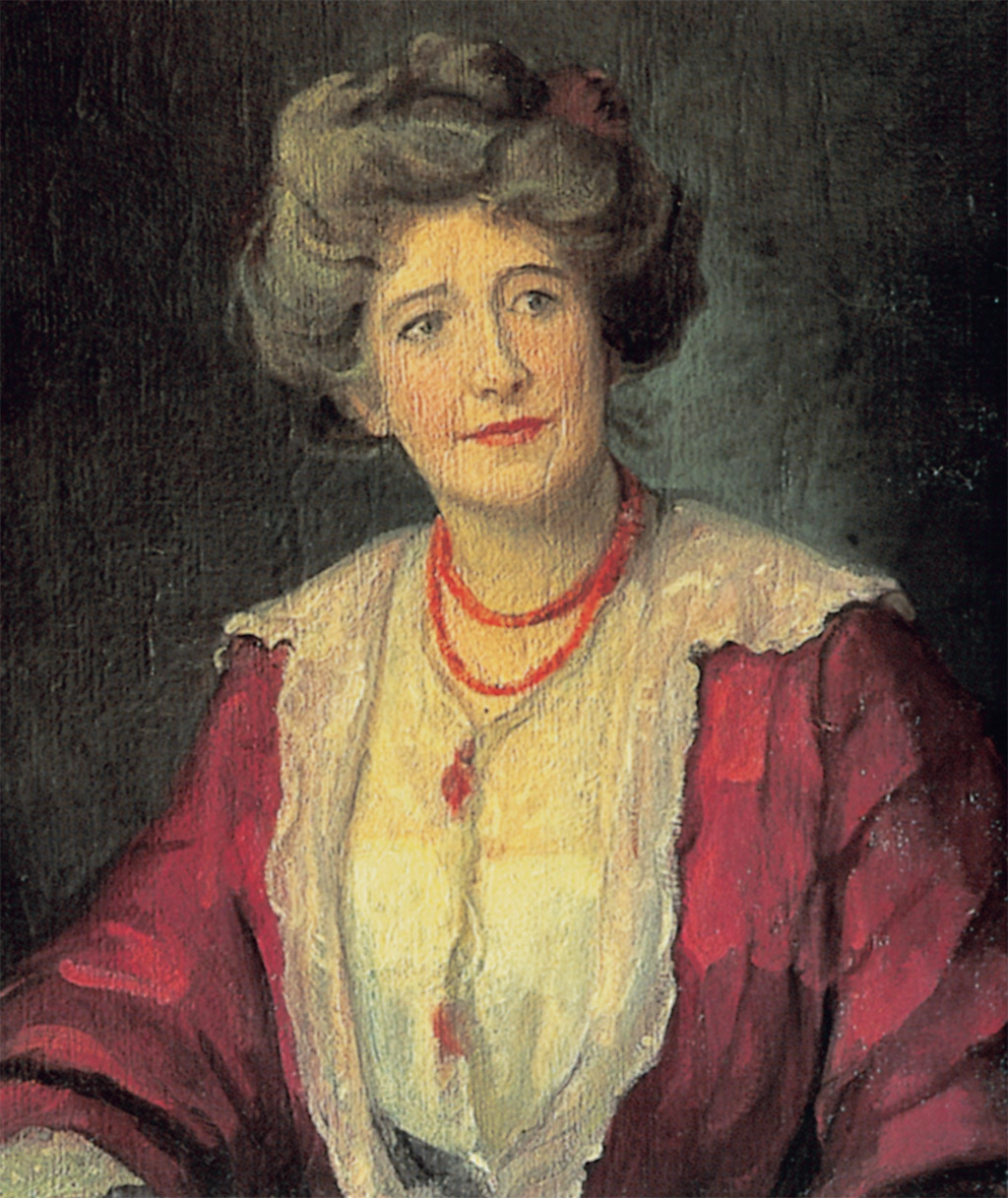
SMALLHYTHE PLACE





Comments